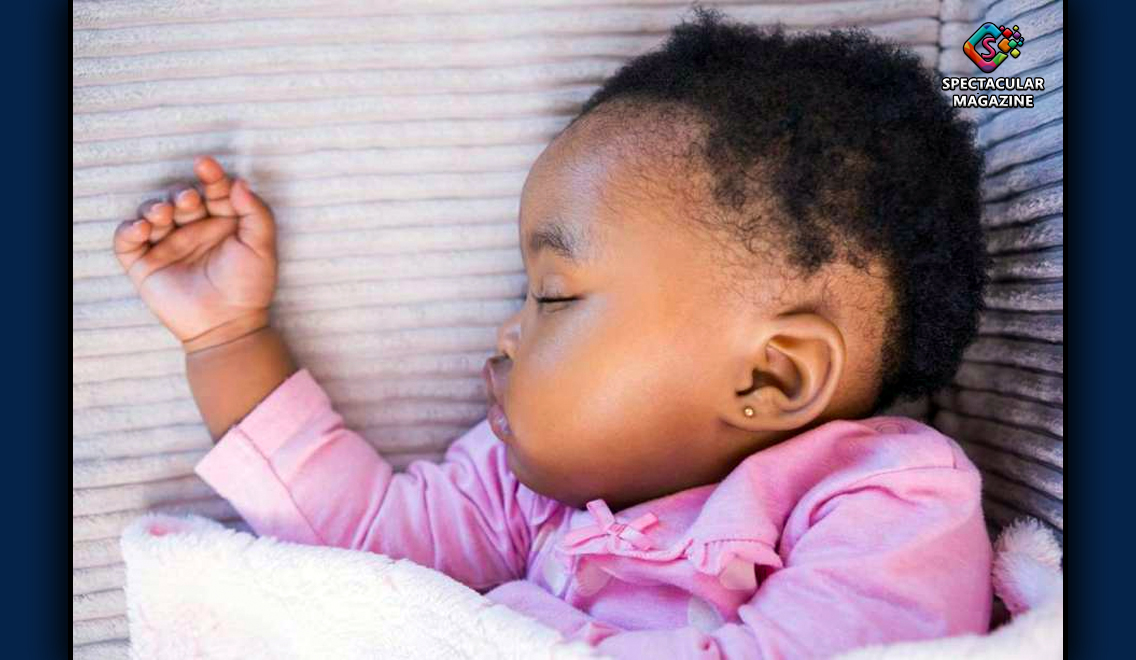Should You Pierce Your Baby’s Ears?
Piercing a baby’s ears has long been a tradition in many cultures. However, many believe it’s not a decision to be taken lightly. With the rise of discussions around infant ear piercings, it’s essential to understand more about this practice. There’s more to it than what meets the eye, considering both its cultural significance and the potential risks involved.
A viral video featuring a baby with a nose piercing has reignited the debate about piercing babies’ ears. Although users were not amused by the nose piercing, the video prompted questions about the boundaries of infant adornment. While ear piercings are more common and generally accepted, the conversation extends to all forms of infant body modification.
If you can pierce your infants ears, you might as well give then a nose ring too
pic.twitter.com/GFI0hcryEr
— DineO (@Dineo_thulii) April 22, 2024
When Can Babies Get Their Ears Pierced?
Pediatricians and medical experts emphasize caution when considering ear piercings for infants. Dr. Macoy Grande from Omega Pediatrics suggests that parents should wait until a baby is at least three months old. This delay allows for the completion of vital vaccinations and reduces the risk of infection and associated complications. Dr. Grande recommends, however, that it would be best to wait a few years so that a child can actively participate in their own hygiene routines for the piercings.
Potential Complications
According to Dr. Suzanne Rossi of Johns Hopkins Medicine, complications from ear piercings can range from allergic reactions to infections and even the formation of keloids. These risks underscore the need for meticulous aftercare and the use of hypoallergenic materials.
Navigating the Process Safely
When opting for ear piercings for your baby, it’s crucial to prioritize safety and hygiene. Ensure that the procedure is performed by a qualified professional in a sterile environment. Avoid piercing guns, as they can cause extensive tissue damage and increase the risk of infection.
Select earrings made from hypoallergenic materials such as sterling silver or gold to minimize the risk of allergic reactions. Additionally, adhere to strict aftercare protocols. Clean regularly and avoid removing earrings for at least six weeks to allow for proper healing.
Cultural and Personal Considerations
While the decision to pierce a baby’s ears often stems from cultural traditions or personal preferences, it’s essential to weigh these factors. You must make sure you’re aiding the fight against the potential risks and prioritizing the child’s well-being. Engage in open discussions with pediatricians and family members to make an informed choice.
By following recommended guidelines, prioritizing safety, and considering cultural and personal factors, parents can navigate the process of infant ear piercings with care and mindfulness.
This article first appeared in 21Ninety.


